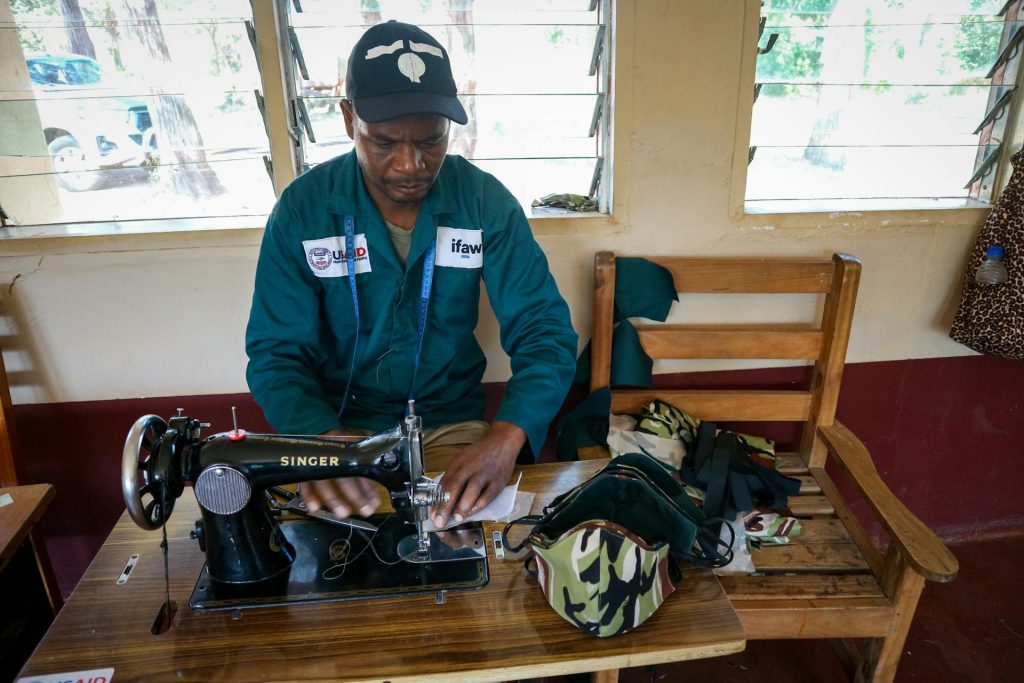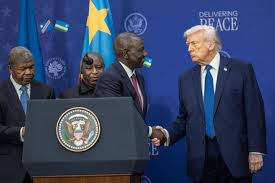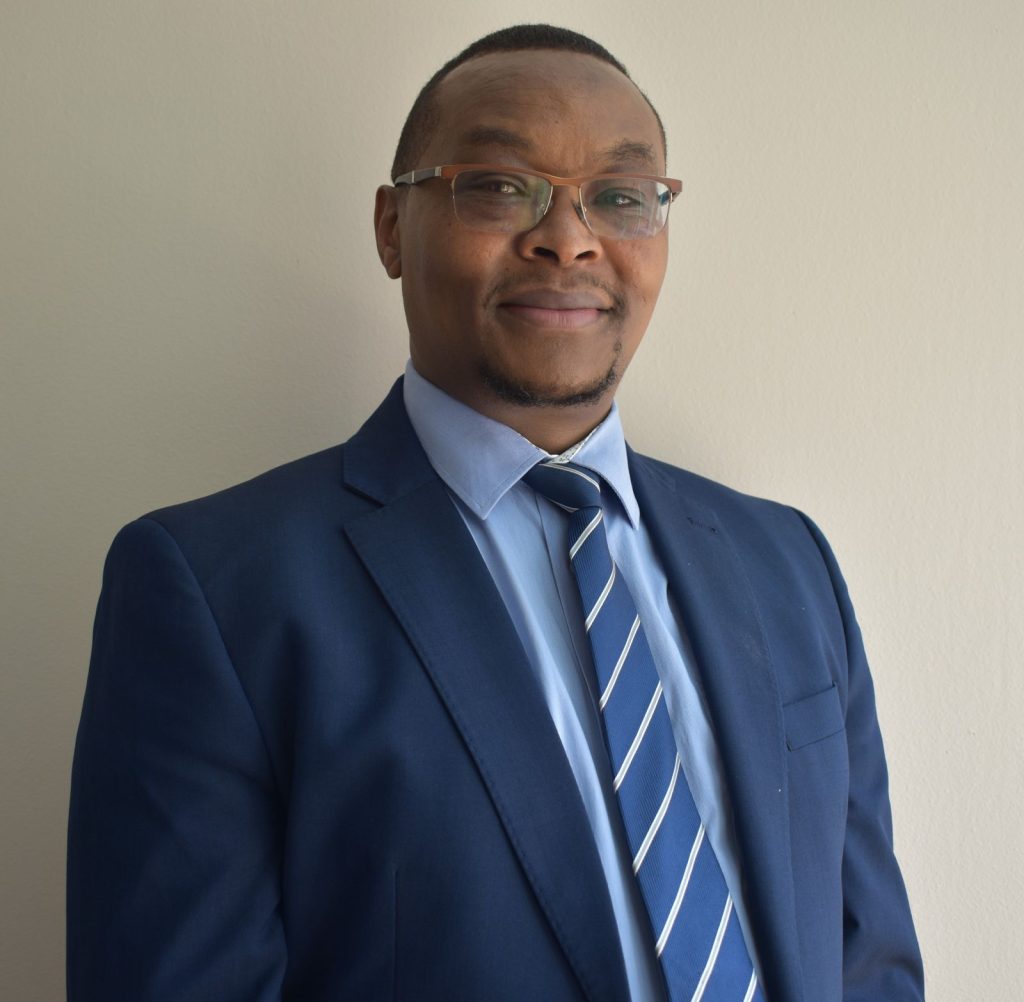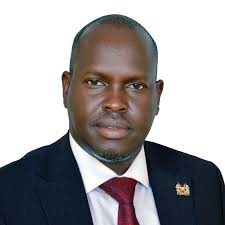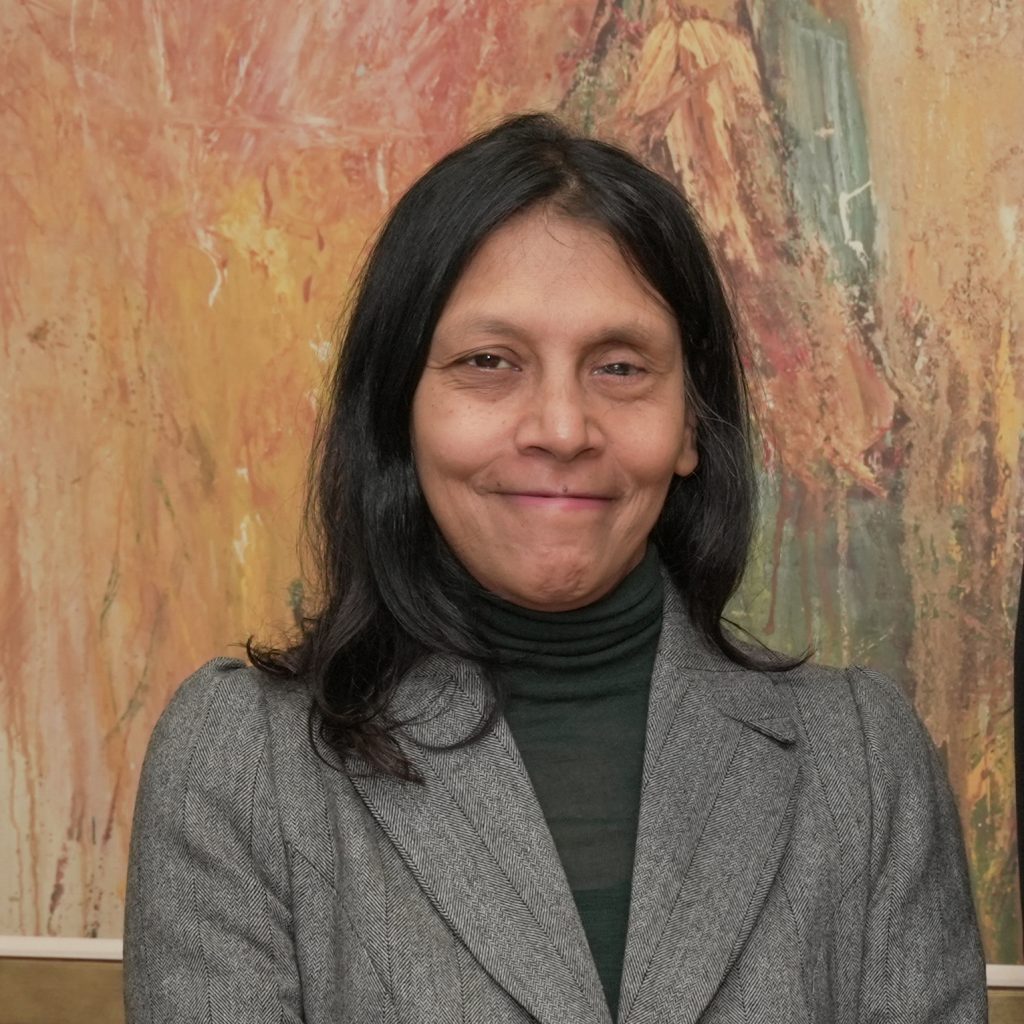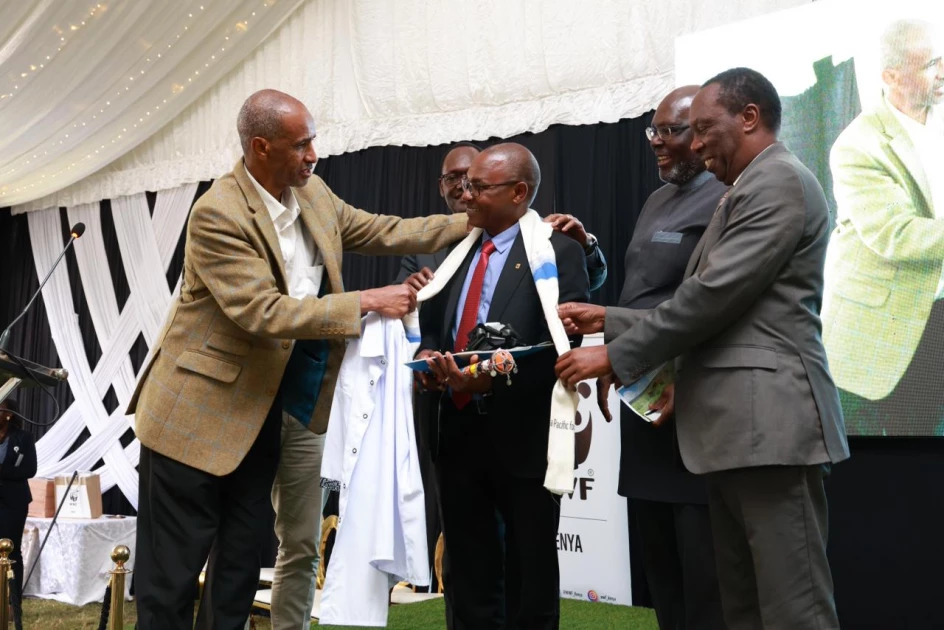By Wahome Ngatia
As the dust settles on the sudden shutdown of USAID, Kenyan NGOs are grappling with the loss of one of their largest and most reliable donors. For over two decades, USAID injected nearly Ksh 1.26 trillion into Kenya—fueling health programs, education, humanitarian work, and governance reform. In 2024 alone, it disbursed Ksh 83.5 billion, with major investments in HIV/AIDS, nutrition, and economic empowerment.
Now that the agency is gone—cut off in a dramatic move by the Trump administration—NGOs are left wondering: who will fill this gaping hole?
The good news is that USAID was never the only donor in the game. Around the world, dozens of government-backed and multilateral donors are actively funding programs in Kenya, and many are now stepping up to fill the gap.
Trusted Donors Stepping In
NGOs can tap into state-backed agencies such as:
- UKAID (FCDO) – A long-term supporter of education, gender equality, and health systems.
- Germany’s GIZ and BMZ – Focused on devolution, governance, vocational training, and climate action.
- Japan’s JICA – Excellent for infrastructure, agriculture, and technical capacity-building.
- Sweden’s SIDA and Norway’s Norad – Well-known supporters of civil society, human rights, and green development.
- France’s AFD, Canada’s CIDA, South Korea’s KOICA, and Australia’s DFAT, also have active grant portfolios in Africa.
Then there are non-Western players such as China’s CIDCA, Turkey’s TIKA, and Saudi Arabia’s SFD that fund infrastructure, healthcare, and humanitarian projects—especially in underserved counties.
Big Multilaterals Still on Board
Don’t overlook the multilateral powerhouses:
- The World Bank, IMF, and African Development Bank (AfDB) provide loans and grants for social services and development infrastructure.
- The Global Fund and GAVI remain Kenya’s biggest funders of HIV, TB, and immunization programs.
- UN agencies like UNICEF, UNDP, and WFP continue to support nutrition, child protection, education, and emergency relief.
Partnership Is the New Currency
To survive this shift, NGOs must now evolve—from dependency to dynamic partnerships.
- Partner with County Governments: Many counties receive direct donor funding. NGOs with aligned mandates can tap into this by offering implementation support or joining county planning forums.
- Form NGO Coalitions: Donors are more willing to fund consortiums that deliver broader impact. Teaming up with others in your sector boosts visibility and reduces duplication.
- Engage the Private Sector: Companies want impact—but they need credible partners. NGOs can co-design CSR projects or pursue Public-Private Partnerships (PPPs) in health, environment, and youth empowerment.
- Apply for Challenge Funds: Innovation-friendly donors like the EU, DFID, and Gates Foundation offer competitive calls for smart ideas with measurable impact.
Think Local, Act Global
As donor priorities shift toward localization, Kenyan NGOs that show strong community ties, financial accountability, and long-term sustainability stand out.
With the rise of the Social Health Authority and push for domestic resource mobilization, even the government is becoming a potential funder. NGOs that can plug into national systems—without losing their independence—will thrive in this new era.
The Kenya Community Development Foundation (KCDF) is a Kenyan organization that supports local communities with financing and technical training for their impact goals.
Opportunities still exist
USAID may be gone, but Kenya is far from donor-deserted. The challenge now is for NGOs to diversify their donor base, professionalize fundraising, and build bridges—not walls—with fellow organizations and government partners.
In this new chapter, collaboration, transparency, and adaptability will separate the survivors from the casualties. Look at the upcoming NGO workshop organized by NGOs Hub team titled Building Resilient Fundraising Systems.

